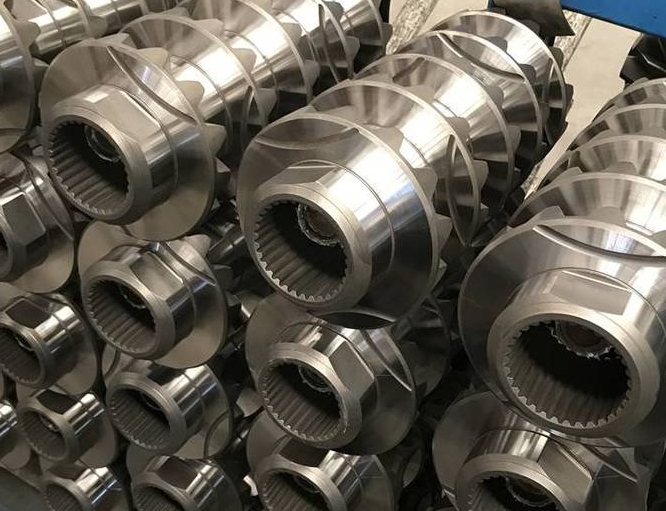Nitriding treatment is a commonly used surface strengthening technology that involves exposing metals to nitrogen-containing atmospheres at elevated temperatures to diffuse nitrogen atoms into the surface, thereby altering its surface properties. However, during the nitriding process, deformation can occur, which affects the quality and performance of the steel parts. This article will analyze the causes of deformation during steel nitriding and propose corresponding process measures.

I. Causes of Deformation During Steel Nitriding
- Temperature Non-uniformity: During the nitriding process, if the temperature distribution is not uniform, it can cause deformation in the steel parts. High temperatures will cause expansion while low temperatures will cause contraction, resulting in deformation.
- Stress Release: During nitriding, a layer of nitrides forms on the surface of the steel, which may cause changes in internal stress. When the stress exceeds the elastic limit of the steel, it will result in deformation.
- Material Differences: Different types of steel have different thermal expansion coefficients and elastic moduli. During the nitriding process, these differences can cause deformation.
- Machining: If the steel parts have undergone machining processes such as cutting or grinding prior to nitriding, it may result in stress concentration and cause deformation during the nitriding process.
II. Process Measures to Reduce Deformation During Steel Nitriding
- Optimizing Heat Treatment Process: By optimizing the heat treatment process, it ensures that the temperature distribution is uniform during the nitriding process, reducing deformation due to temperature non-uniformity.
- Stress Relief: Prior to nitriding, a stress relief treatment such as annealing or tempering can be performed to reduce internal stress and minimize deformation.
- Selecting Appropriate Materials: Based on the specific application, selecting steels with suitable thermal expansion coefficients and elastic moduli can help reduce deformation caused by material differences.
- Avoiding Aggressive Machining: Prior to nitriding, it is important to avoid aggressive machining processes such as cutting or grinding that may result in stress concentration. If machining is necessary, appropriate heat treatment should be performed to relieve stress.
- Using Protective Coatings: During the nitriding process, applying a protective coating on the surface of the steel can reduce stress changes during the formation of nitrides and minimize deformation.
- Graded Nitriding: Dividing the nitriding process into multiple stages with different temperatures and times can reduce the overall stress developed in each stage, thereby decreasing the total deformation.
- Controlled Cooling Rate: By controlling the cooling rate during the nitriding process, slow cooling can be achieved to minimize deformation due to temperature changes.
- Increasing Support Structure: Incorporating additional support structures in the steel part design can increase its rigidity and minimize deformation during the nitriding process.
In summary, analyzing the causes of deformation during steel nitriding and implementing appropriate process measures can effectively reduce deformation and improve the quality and performance of steel parts in practical applications. It is essential to select the appropriate measures based on the specific application and material properties to achieve optimal results.





 Customer service 1
Customer service 1  Customer service 2
Customer service 2